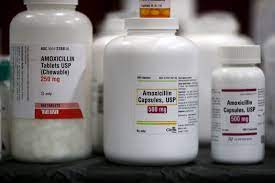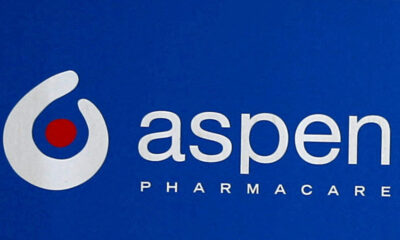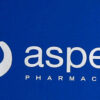Antibiotic drugmakers take steps to self-impose environmental safeguards
LONDON, June 14 (Reuters) – In the absence of global standards limiting toxic emissions produced by antibiotics at the point of manufacture, the pharmaceutical industry has come up with its own standard.The AMR Industry Alliance – a coalition of drugmakers, biotech, diagnostic and other companies involved in the field of antimicrobials – said on Tuesday it was adopting its own standards to ensure the responsible manufacture of antibiotics.Antibiotics seeping into the environment during the manufacturing process aren’t just toxic to the soil, water and living organisms but can also spur the emergence of drug-resistant bacteria.Antibiotics can also contaminate the environment through excretions by humans and animals that consume them, via fertilisers used on crops, and the improper disposal of medicinal products into sewage systems.But manufacturing as a source of emissions can be controlled, and as such the Alliance has developed its own so-called ‘safe-level’ of antibiotic seepage into the environment at the point of manufacture, taking into account ecological toxicity.Although there have been proposals for such regulations to be imposed in some countries – including India, a key global antibiotic supplier that has come under fire for lax regulations – not much has come to pass.”The challenge of regulation is – on the environmental side, it’s country by country, so it’s very difficult to set international environmental regulation,” Steve Brooks, the Alliance’s manufacturing work group lead, told Reuters.The Alliance, which accounts for about a third of the antibiotic manufacturing supply chain, has been urging members in recent years to self-regulate.”We’re not here to say all members across all our supply chains are meeting all aspects of the standard today. But we do know we’ve made great progress,” said Brooks.In 2018, the Alliance put together a framework to control antibiotic manufacturing waste streams and encouraged members to adopt it. Alongside the British Standards Institution (BSI), it is now formalising the framework.A 2021 progress report showed that some 85% of sites owned by Alliance members had been assessed, of which just over three quarters fully met the standards set under the framework.FRAGMENTED SUPPLY CHAINInterventions are often simple, for example, a waste stream could be collected and treated separately with chemicals or incinerated instead of being released into the aquatic environment, said Brooks.”It’s not forcing industry to implement massively expensive controls, unless of course, those ultimately are required,” he said.But ensuring these standards are implemented far and wide, in the absence of legal ramifications remains to be seen.It will be complicated by a fragmented global supply chain for antibiotics, in which various manufacturing stages are often outsourced and the industry is particularly reliant on China and India.British pharma giant GSK (GSK.L), a key maker of antibiotics, says its own sites are fully compliant with the manufacturing standards, and expects to have third party sites fully onboard by the end of 2022.”Contracts with suppliers are discontinued if a supplier was unable or unwilling to meet the discharge limit,” a GSK spokesperson told Reuters.Procurers of antibiotics are beginning to ask for products that are responsibly manufactured, said Brooks. To that end, the Alliance expects to have some sort of certification process in place that will be mediated by an independent third party in the coming year.If there’s a will to adopt these standards, there’s a way, a spokesperson from Netherlands-based antimicrobial drug manufacturer Centrient Pharmaceuticals said.”I think we’re very optimistic that it’s possible, should companies choose to do so.”












